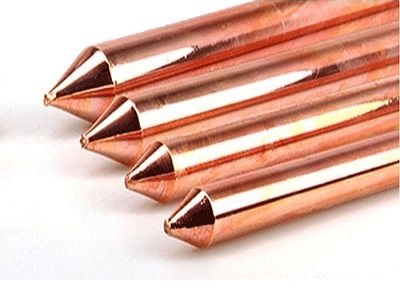
A Comprehensive Guide to Earthing Electrodes and Rods
Earthing is an essential aspect of electrical safety, as it protects people and equipment from the harmful effects of electrical faults. Earthing electrodes and rods are commonly used in electrical installations to provide a low-resistance path for electrical currents to flow safely into the ground. In this blog post, we will provide a comprehensive guide to earthing electrodes and rods.
-
Types of Earthing Electrodes and Rods
There are several types of earthing electrodes and rods available, including copper-bonded steel rods, pure copper rods, and galvanized steel rods. Each type has its advantages and disadvantages, and the choice depends on factors such as the soil type, current capacity, and installation requirements.
2. Earthing Electrode Design and Installation
The design and installation of earthing electrodes and rods are critical for their effectiveness. The electrode length, diameter, and depth of installation should be carefully considered to ensure that the earthing system can handle the expected electrical currents safely. Factors such as soil resistivity and moisture content should also be taken into account to ensure a low-resistance path to the ground.
3. Maintenance of Earthing Electrodes and Rods
Earthing electrodes and rods require regular maintenance to ensure their continued effectiveness. The earthing system should be inspected periodically for damage or corrosion and repaired as necessary. Grounding connections should be tightened to ensure low-resistance paths to the ground.
4. Compliance with Standards and Regulations
Earthing electrodes and rods must comply with relevant standards and regulations to ensure their safety and effectiveness. Standards such as BS 7430 and IEC 60364 provide guidelines for the design and installation of earthing systems, and compliance with these standards is essential for electrical safety.
In conclusion, earthing electrodes and rods are essential components of an electrical installation, providing a low-resistance path for electrical currents to flow safely into the ground. By choosing the right type of electrode, designing and installing the system correctly, and maintaining it regularly, you can ensure the safety and effectiveness of your earthing system. At VTR Infotech Private Limited, we offer a range of earthing solutions that are designed to meet your specific needs. Contact us today to learn more about how we can help ensure the safety of your electrical installations.


